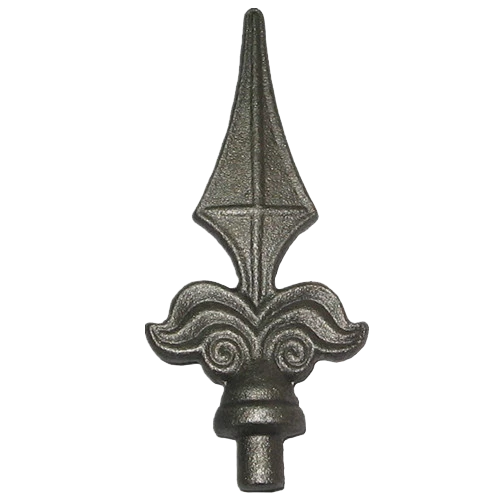Mobile:+86-311-808-126-83
Email:info@ydcastings.com
German
Centrifugal Die Casting
Centrifugal Die Casting An Innovative Approach to Metal Casting
Centrifugal die casting is a specialized casting process that leverages centrifugal force to create parts with exceptional dimensional accuracy and surface finish. Distinct from traditional die casting methods, this technique is particularly effective for producing cylindrical parts and components, making it a valuable choice in various industries, including automotive, aerospace, and manufacturing.
At the heart of centrifugal die casting is the principle of using rotational motion to distribute molten metal evenly within a mold. The process begins with a rotating die, which is often made of steel or other durable materials. When molten metal is poured into the die, the centrifugal force generated by the rotation pushes the metal against the mold walls. This action not only facilitates even distribution but also ensures that any impurities or gas bubbles are expelled toward the center of the casting, resulting in higher quality parts with fewer defects.
One of the primary advantages of centrifugal die casting is its ability to produce dense, strong components with minimal porosity. This is particularly critical for applications that require high structural integrity and durability, such as automotive engine components and aerospace casings. The process also significantly reduces the need for secondary machining operations, as the parts produced often meet tight tolerances straight out of the mold.
centrifugal die casting

The method can accommodate a wide range of metals and alloys, including aluminum, copper, and zinc. Each material brings its own properties to the final product, enabling engineers to select the best alloy for their specific application. This flexibility makes centrifugal die casting an ideal solution for producing both standard and custom parts, catering to the diverse demands of modern industries.
Centrifugal die casting also offers environmental benefits. The efficiency of the process minimizes waste material, as any excess metal can typically be recycled within the production cycle. Additionally, the quick cycle times involved in centrifugal casting lead to lower energy consumption compared to some traditional casting methods, aligning with today’s sustainability goals.
However, centrifugal die casting is not without its challenges. The initial setup cost for molds and machinery can be significant, which may deter smaller manufacturers from adopting this technology. Moreover, the process is best suited for specific shapes, primarily cylindrical, which can limit its versatility in producing a wider array of geometries that other casting methods might accommodate.
In conclusion, centrifugal die casting stands out as an innovative and efficient method for producing high-quality metal components. Its ability to deliver strength, precision, and reduced waste makes it a compelling choice for industries requiring reliable parts. As technology continues to advance and industries strive for greater efficiency and sustainability, the adoption of centrifugal die casting is likely to increase, paving the way for new applications and innovations in metal casting. Whether for high-performance automotive parts or intricate aerospace components, centrifugal die casting proves to be a critical player in the evolving landscape of manufacturing.











